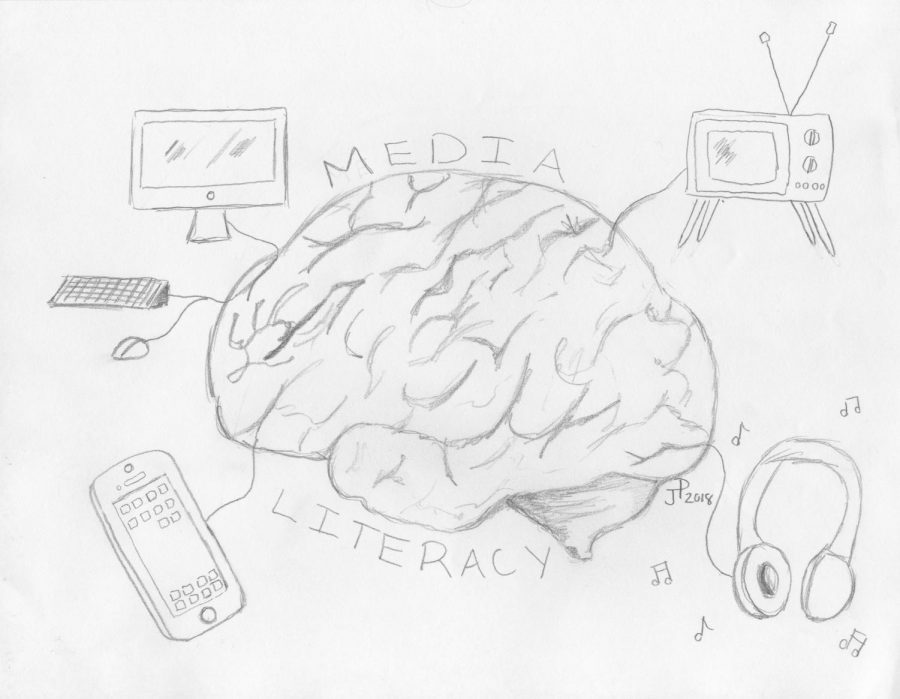Media literacy helps people distinguish fact from fiction
As technology becomes more prevalent in society as a whole — more commonly now than ever before — younger people are being able to access it. However, it’s also frequent that children are not able to distinguish the truth from bias, “fake news” or use the technology in a productive way.
But first, what is media literacy? The Center for Media Literacy defines it as, “…a 21st century approach to education. It provides a framework to access, analyze, evaluate, create and participate with messages in a variety of forms — from print to video to the Internet. Media literacy builds an understanding of the role of media in society as well as essential skills of inquiry and self-expression necessary for citizens of a democracy.”
Broken down, media literacy can allow people of all ages to recognize bias or false information, understand the role media can play in society, develop critical thinking skills and evaluate the media based on the person’s own culture, skills, beliefs and values.
It’s extremely important for children and young adults to be aware of what media literacy is and the valuable position it has in today’s world. Technology is now becoming more readily available to kids that possess a moral compass in social situations, but may not know right from wrong in print or online. When teens and children become aware of media literacy at a younger age, it presents a sense of healthy skepticism in today’s youth. Children of that age often question almost everything in their lives anyway, asking questions to learn truthful and accurate answers never hurt anyone because the truth holds no bias.
Researchers at Stanford’s Graduate School of Education evaluated students from middle school, high school and college in 12 states across the U.S. to see how well students can assess online sources of information. The results from the study concluded that more than 30 percent of students argued that a fake account was more trustworthy than a real one. Also, only a quarter of the students tested recognized the meaning of a blue checkmark, meaning a verified account or source.
While false or misleading information may being often spread online, it’s not just accounts, articles or posts. Often photos, headlines or captions can be used as clickbait to get views. Some websites are set up where the more people view their page, the more money they earn. Anything can be used to draw in people, whether it be shocking headlines, a juicy story or visually through a photograph.
Kids and teens who don’t develop media literacy skills can also start to gain a mentality of the quantity of likes they receive over quality of the information they are putting out to the public. This could come back to haunt them in the future when they are preparing to apply for a job. Anyone hiring potential employees will check their social media accounts, as that is the best way to pick the brain of someone without having a face-to-face conversation.
Media literacy is a set of important skills to learn at any age, but it’s becoming increasingly important to start learning them younger.



